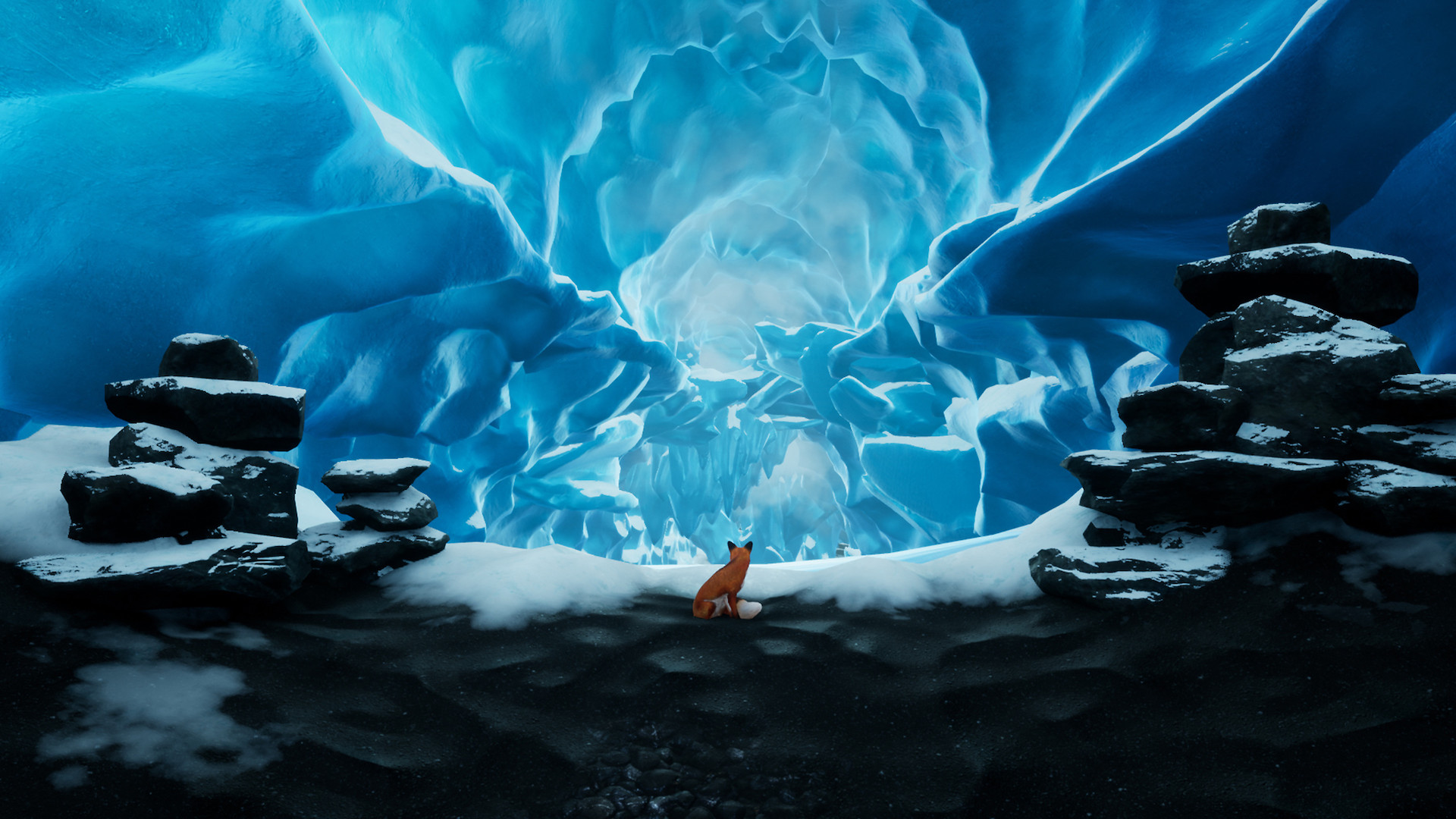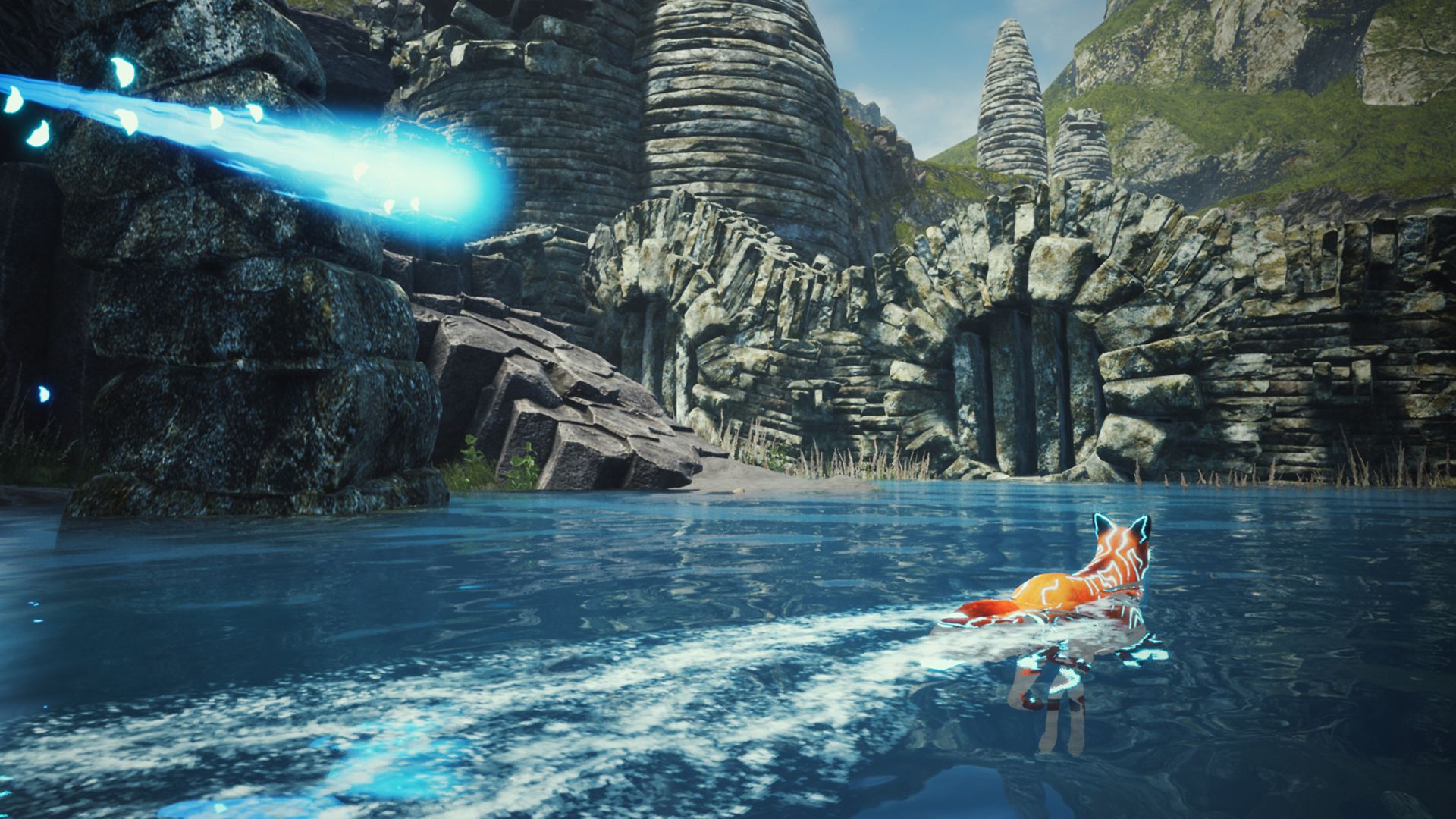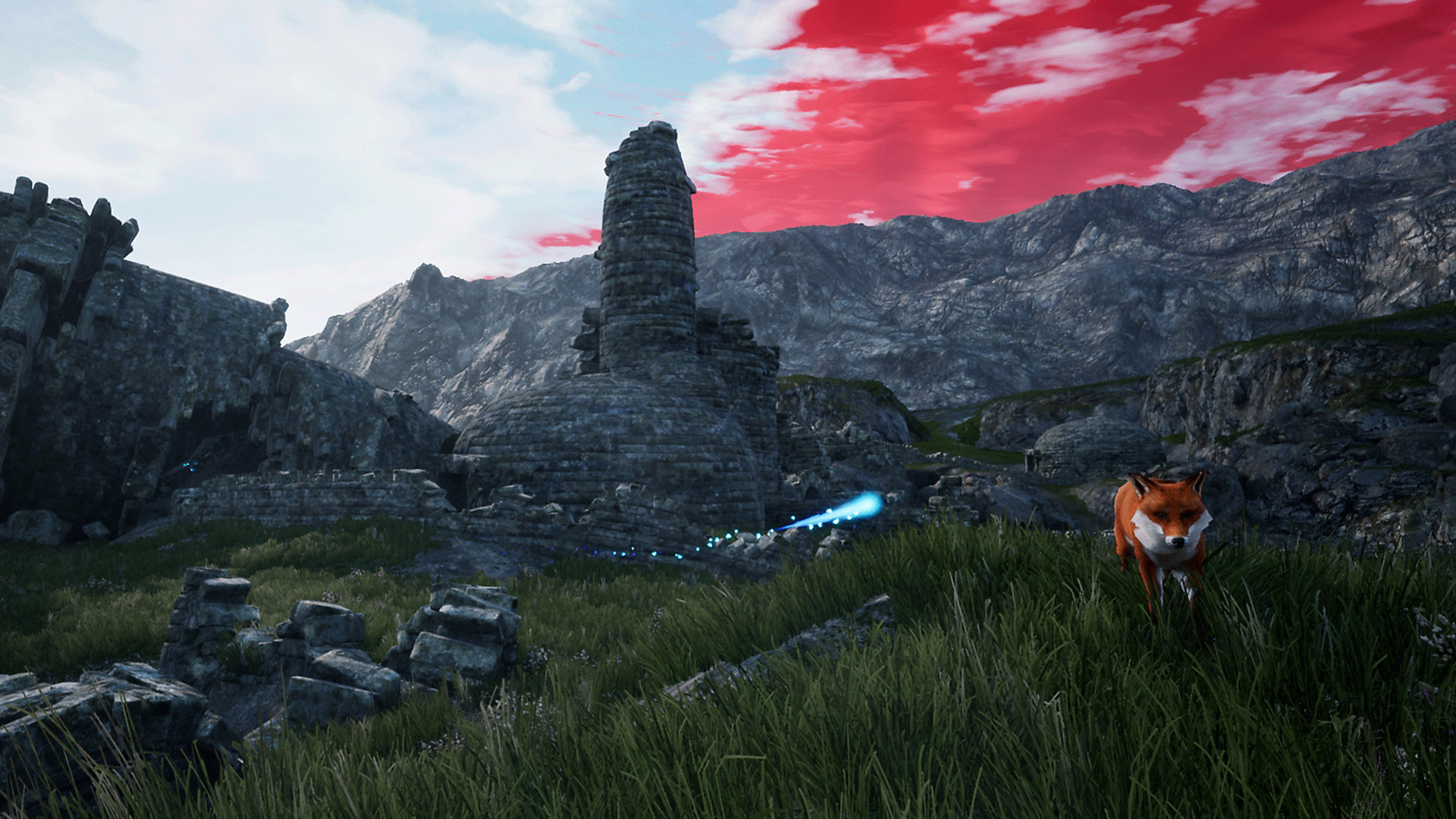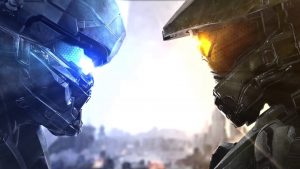
Narrative-driven adventure titles that lean more toward a thoughtful meditative experience have really emerged as a major sub-genre in the industry in recent years- and it’s a good thing, too, because it’s a space in the market that keeps on delivering. Infuse Studio – a team of two developers with a passion for such games – are taking a crack at that space themselves, and their upcoming PS4 title Spirit of the North is looking like an interesting prospect. We recently sent across some of our most burning questions about the game to the developers, hoping to learn more about the game, its goals, some of its mechanics, and its development process, and our conversation with Infuse Studio’s Jacob Sutton revealed some interesting stuff. Read our interview below.
"We were big fans of Journey, Abzu, and Rime for how they could capture people’s interest without ever having any dialogue. Having backgrounds as Game Environment Artists we were naturally drawn to this style of game and wanted to create something of our own."
Did you look at any similar games for inspiration while developing Spirit of the North? From what I’m able to sense, the game does seem to evoke games like Journey in style and tone.
When Taylor and I first started seriously thinking about making our own game we knew right away we wanted something that people would remember but something that was actually possible for us as a small team of two to create. We were big fans of Journey, Abzu, and Rime for how they could capture people’s interest without ever having any dialogue. Having backgrounds as Game Environment Artists we were naturally drawn to this style of game and wanted to create something of our own.
Environmental storytelling can be hard to nail down, especially when a game relies on it as absolutely as Spirit of the North seems to be doing. What’s the process been like to get that aspect of the experience just right?
It was a lot of trial and error on the level design side of things and just the visual style in general. Throughout the game, there are murals that give the player insight into what happened in the past that made the world around them the way that it is. The process of having things make sense but not be too obvious was a challenging one, especially without the use of words. In the end, the process came down to what made sense visually. We would ask friends if they could figure out what the murals meant or just parts of the game in general. Sometimes their answers were varied but we kind of liked that not everyone experienced it the same way.
I know Spirit of the North is supposed to be a guided, scripted experience, but what does it offer in terms of exploration? I imagine players will be quite tempted to explore the game’s beautiful environments.
Spirit of the North is a linear game, but towards the middle and end of the game when you start unlocking abilities we tried to open up the play space as much as we could without it becoming completely unreasonable for us as a team of two.
Why did you decide to go with a Nordic-inspired setting for this game? How much does the Nordic folklore figure into the game’s story and setting?
We first knew we wanted our games main character to be a fox, at first, we didn’t know what the game would even be about other than that. But Taylor remembered a Nordic folktale about a fox that creates the northern lights when it brushes its tail against things. After doing a bit more research, we knew we wanted to have it be part of our main story.
"Spirit of the North is a linear game, but towards the middle and end of the game when you start unlocking abilities we tried to open up the play space as much as we could without it becoming completely unreasonable for us as a team of two."
Can you talk to us about how puzzles will work in the game, and how much of the experience they account for as opposed to traversal and exploration?
Puzzles work in a few different ways, but the main mechanic involves Infusing standing stones with pure energy that is gathered from Spirit Bloom flowers that are scattered around the landscapes. Puzzles are a pretty significant part of the game, but they do help slow the player down and pay attention to their surroundings.
The spirit companion is obviously going to be important to the story, but how does it factor into the gameplay?
This question could only really be answered with serious spoilers. So for the sake of not spoiling the game. I will say that the Spirit Fox and Wisp are very important in terms of gameplay. There are certain abilities you can’t use without them. Making certain parts of the game shake up how you approach puzzles.
Roughly how long will an average playthrough of Spirit of the North be?
A first playthrough takes around 8 hours if you take time to find all the collectibles. Originally our goal was for the game to be around 3 hours long, but we felt like it needed more. If we had made the game any bigger I don’t think we would have ever been able to finish it.
Why did you decide to launch as a timed exclusive for the PS4?
We decided to launch on PS4 first because we knew right away that there was no possible way a team of two could create and release a game for all platforms at once such as Xbox, Switch, PC. We knew since this is our first game the odds were already against us, so we decided to go with a console release for more exposure. We happen to be PS4 users, so we were already familiar with how the menus and interface worked so that played a big part in deciding as well.
How will the PS4 Pro version turn out in terms of resolution and frame rate?
The PS4 Pro version will run at a resolution of 1920×1080 capped at 60fps.
How is the game running on the original PS4, frame rate and resolution wise?
The standard PS4 will run at a resolution of 1920×1080 capped at 30fps. The game will look almost identical to the PS4 Pro with only a few minor settings turned down the major difference is the fps cap.
"We decided to launch on PS4 first because we knew right away that there was no possible way a team of two could create and release a game for all platforms at once such as Xbox, Switch, PC. We knew since this is our first game the odds were already against us, so we decided to go with a console release for more exposure."
The PS5 is confirmed to have an SSD. From a development perspective, how will this help you to improve game performance in the future?
An SSD will definitely help improve load and save times on all games running on that platform. But as an interesting side note. Load times also heavily depend on the other hardware in your system, Spirit of the North loads much faster on PS4 Pro than PS4 Standard. Even though they have the same sort of hard drive.
The PS5 will have a Zen 2 CPU processor which is a major leap over the CPUs found in the PS4 and Xbox One. From a development perspective, how will this help you in developing games of the future?
The PS5 will be much easier to develop for in terms of being able to use much more performance heavy rendering features such as higher quality DFAO, Volumetric Fog, and Ambient Occlusion. Just getting the game running on PS4 Pro was a challenge at first when I was trying to figure out the limitations of the hardware. I had to go through and optimize the game countless times and learn more about how rendering works than I ever thought I would know to get the game running decently on both systems.
Backwards compatibility is a big feature PS5. How will it help your past library to evolve and grow?
I think this will affect the whole industry and gaming community in many different ways. Some positives are people won’t have to buy remasters to play their favorite PS4 games. On the downside, developers won’t be as eager to release remasters or new editions of PS4 games on PS5. I think consumers will realize after a few years of the new console being out they would rather have remasters of their favorite PS4 games that utilizes the PS5’s hardware to its full potential letting them experience the games they like in more detail.
The PS5 was recently confirmed to have Haptic enabled controllers. How do you think that will help games to evolve?
I think Haptic feedback could be a really neat feature. As long as developers actually use it to its full potential and it doesn’t just add additional cost to the controller like the touchpad on the DualShock 4 that would be a great outcome.

















